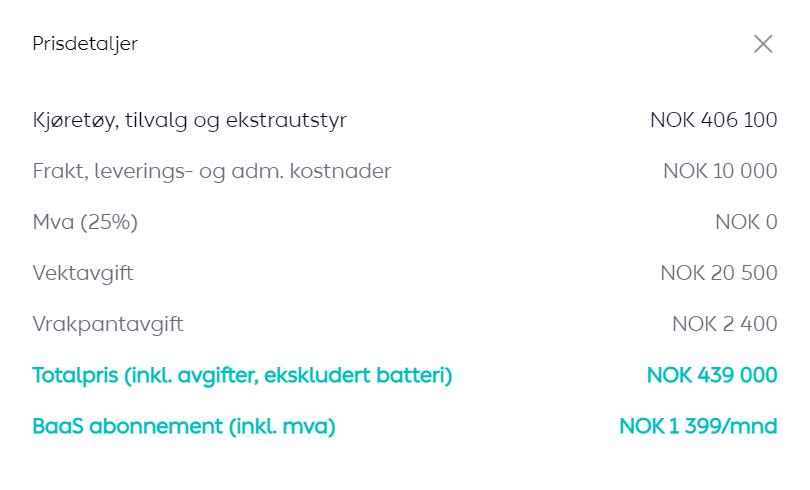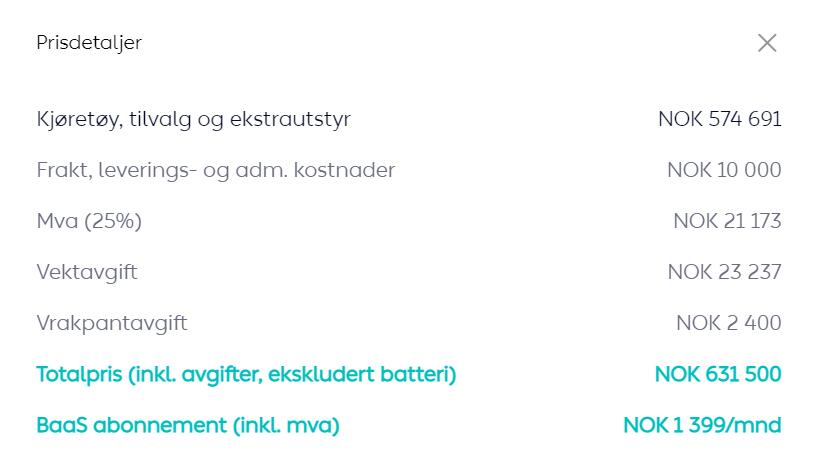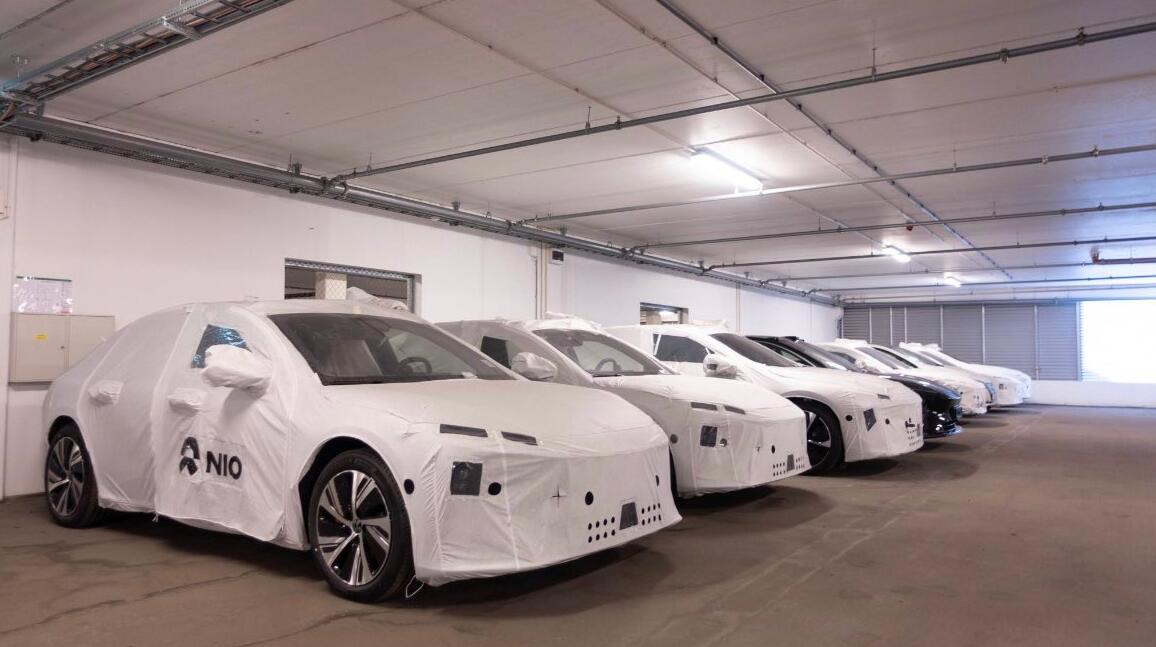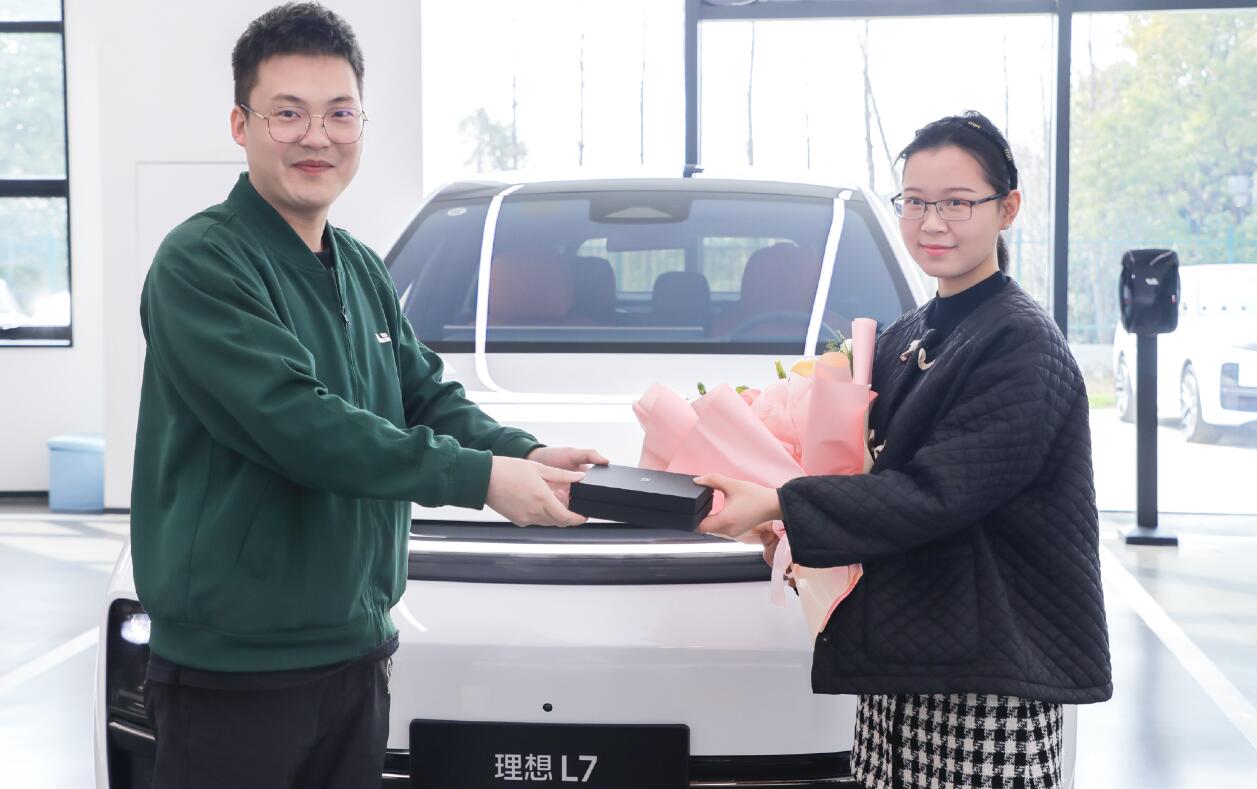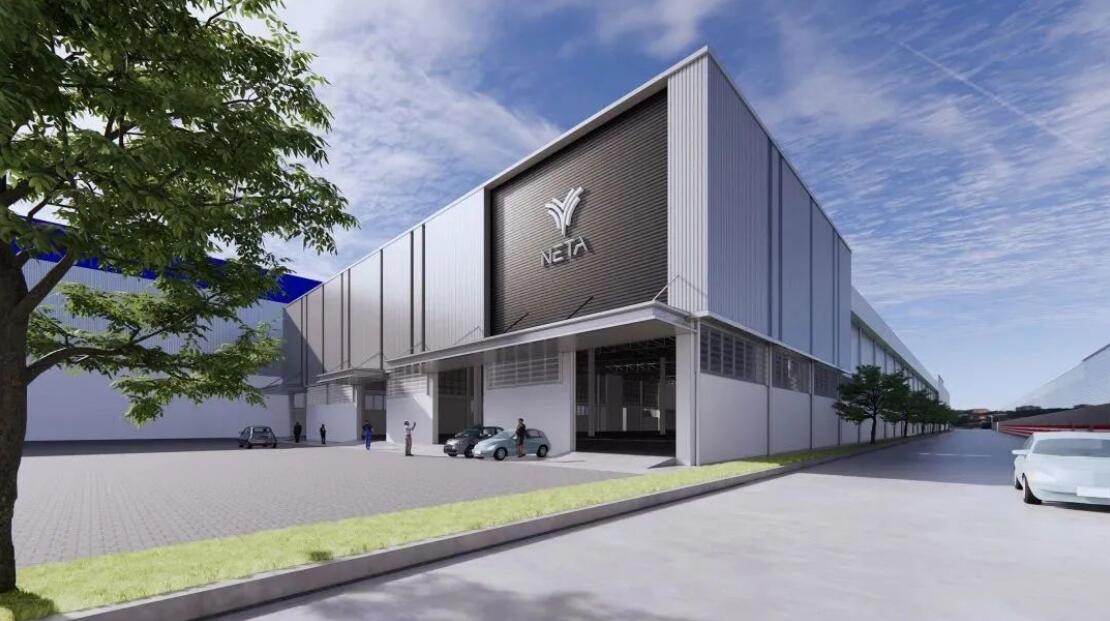A BYD spokesperson, responding to CnEVPost's request for comment, said the information was untrue and did not correspond to reality.
BYDDY.US | BYD HK | TSLA.US

(File photo shows BYD's blade battery. Credit: BYD)
Tesla will not continue to use BYD's batteries after its contract with the latter expires, according to a report in a South Korean media outlet yesterday. BYD denied it today.
Tesla has decided not to use BYD's batteries due to quality issues arising from a series of fire accidents with the latter's LFP (lithium iron phosphate) batteries, South Korea's Korea Economic Daily said in a report yesterday.
Tesla first used BYD's 10 GWh batteries last year for its low-end models in Europe, according to the report.
Earlier this year, Tesla did not request the additional supply of BYD batteries for the standard, low-cost trim version of the Model 3 after its contract to supply them expired, the report said, citing industry sources.
Fires in electric vehicles where BYD applied its own batteries have occurred several times in China, triggered by quality problems, the report said.
Contrary to BYD's explanation, there is no reason for Tesla to use BYD batteries as accidents become more frequent, a source from the battery industry said. That seems to be the reason for it, he said.
Tesla's reliance on LG Energy Solution, which is accelerating the development of LFP batteries for electric vehicles at Tesla's request, is expected to grow, according to the report.
Tesla uses LG Energy Solution and CATL in Europe and Panasonic products in North America. Existing companies will most likely fill BYD's vacancy, the report noted.
A BYD spokesperson, responding to CnEVPost's request for comment, said the information was untrue and did not correspond to reality.
In February 2022, rumors surfaced that Tesla had officially placed an order with BYD's battery manufacturing division, FinDreams Battery, for blade batteries for 204,000 vehicles per year.
In early June 2022, BYD executive vice president Lian Yubo said in an interview with state-owned media outlet CGTN host Kui Yingchun that BYD would soon be supplying batteries to Tesla.
Lian provided no further details at the time, and a video of that interview posted on Weibo was subsequently deleted.
On August 10, 2022, Sina Tech cited multiple sources familiar with the matter as saying that BYD's blade battery supplies to Tesla had already begun to be delivered to the latter's plant in Berlin, Germany, the first Tesla Gigafactory to use BYD batteries.
Tesla's competitive relationship with BYD is also one of the reasons it will not extend its contract in Europe, according to Korea Economic Daily. Tesla asked LG Energy Solution to develop LFP batteries to keep its electric vehicle rival in check, the report said.
In October 2022, Steve Westly, a former Tesla board member and founder of Westly, said the only one that can truly compete with the US electric vehicle giant on a global scale is BYD.
"For the first time, I think there is a real challenger and that challenger's name is BYD," Westly said in a CNBC interview that aired on October 20 of last year.
"BYD will likely hit one million EV units produced and sold this year. That's something that should keep your eye on," he said, adding, "In contrast, it is good to compare, Ford, probably has 60,000 units and GM struggling to hit 50,000 units. They are barely 4 to 5 percent of Tesla."
So right now, it looks like it's Tesla and the Chinese battle, Westly said.
BYD sold 1,863,494 new energy vehicles (NEVs) in 2022, including 946,239 plug-in hybrid passenger cars, 911,140 pure electric passenger cars, and 6,115 commercial vehicles, according to data monitored by CnEVPost.
For comparison, Tesla delivered 1,313,851 vehicles worldwide in 2022, with 439,770 delivered to Chinese consumers.
Charlie Munger, a renowned US investor, said on February 15 that Tesla pales in comparison to BYD in China.
"Tesla last year reduced its prices in China twice. BYD increased its prices. We are direct competitors. BYD is so much ahead of Tesla in China, it's almost ridiculous," Munger said.
In addition to being an NEV giant, BYD is also one of the world's largest power battery manufacturers.
BYD installed 5.8 GWh of power batteries globally in January, up 78.8 percent from 3.3 GWh in the same month last year, according to a report released by South Korean market research firm SNE Research on March 6.
BYD ranked second globally with a 17.6 percent market share, up from the 11.6 percent share in the same period last year.
CATL installed 11.2 GWh of batteries globally in January, continuing to rank first with a 33.9 percent market share, but lower than the 37.6 percent share in the same month last year.
LG Energy Solution installed 4.3 GWh of power batteries in January, ranking third with a 13.0 percent market share, up from 10.1 percent in the same month last year.

BYD so far ahead of Tesla in China that 'it's almost ridiculous,' says Charlie Munger
The post BYD says report that Tesla won't extend battery supply partnership with it untrue appeared first on CnEVPost.
For more articles, please visit CnEVPost.












